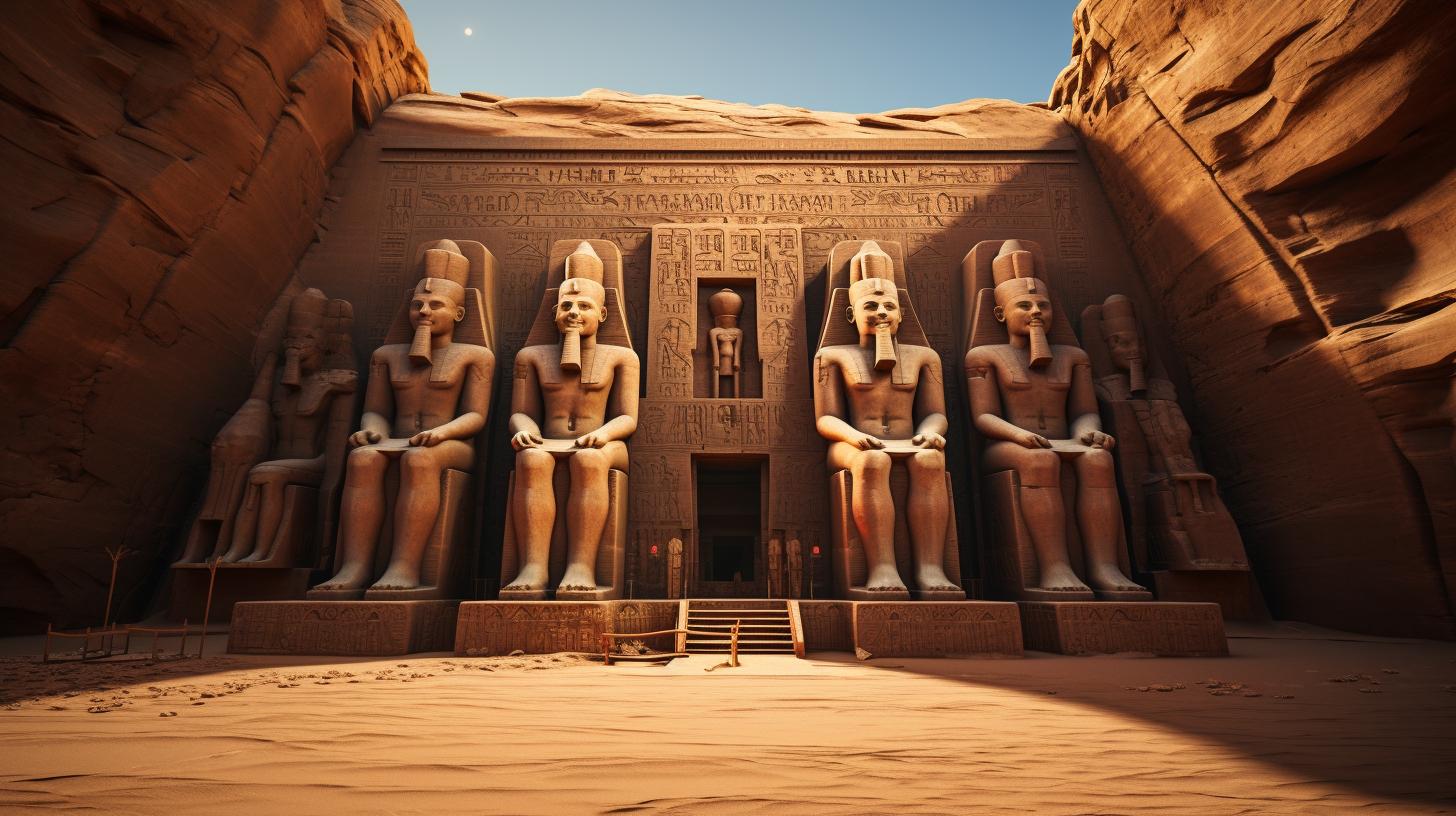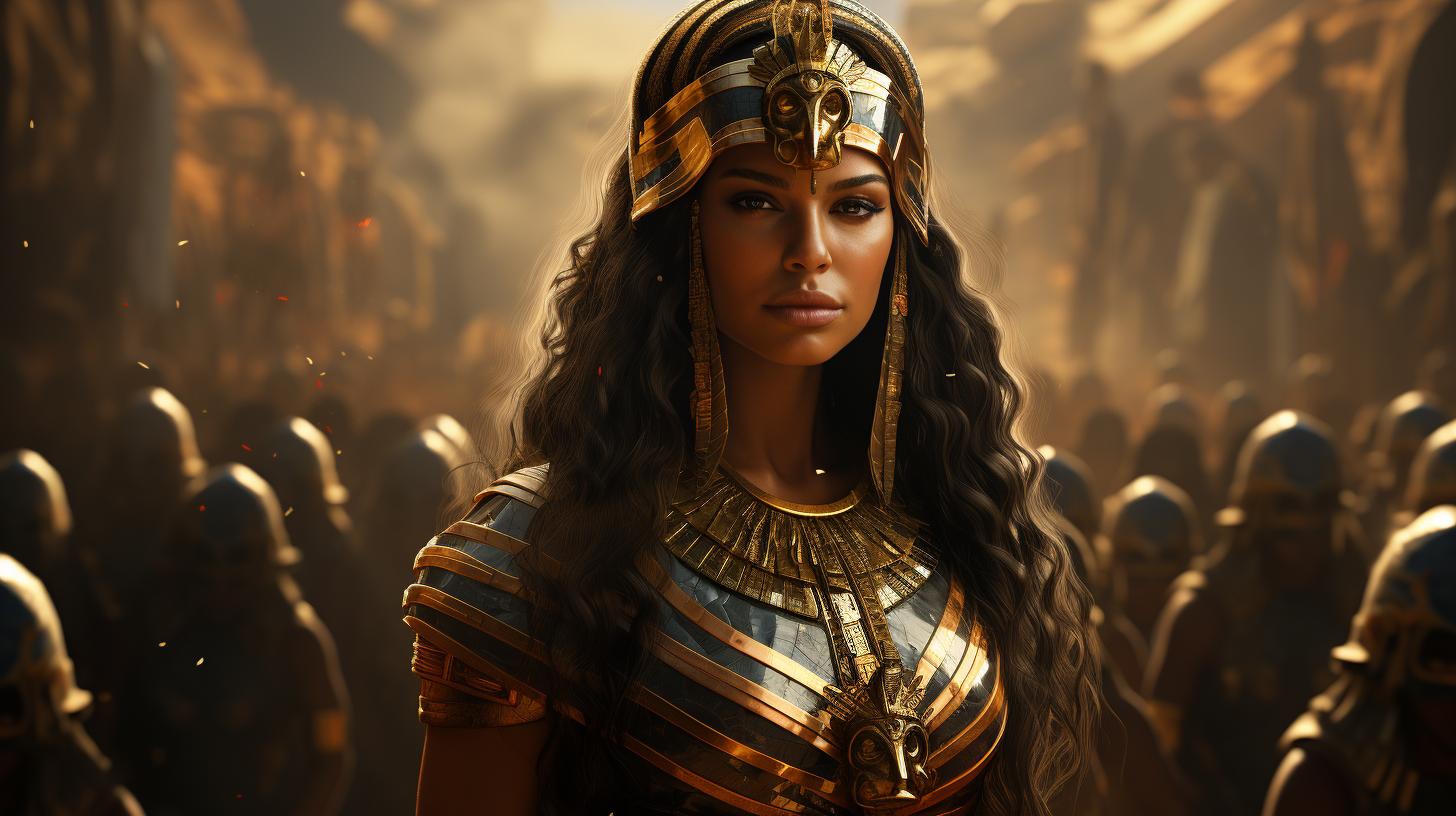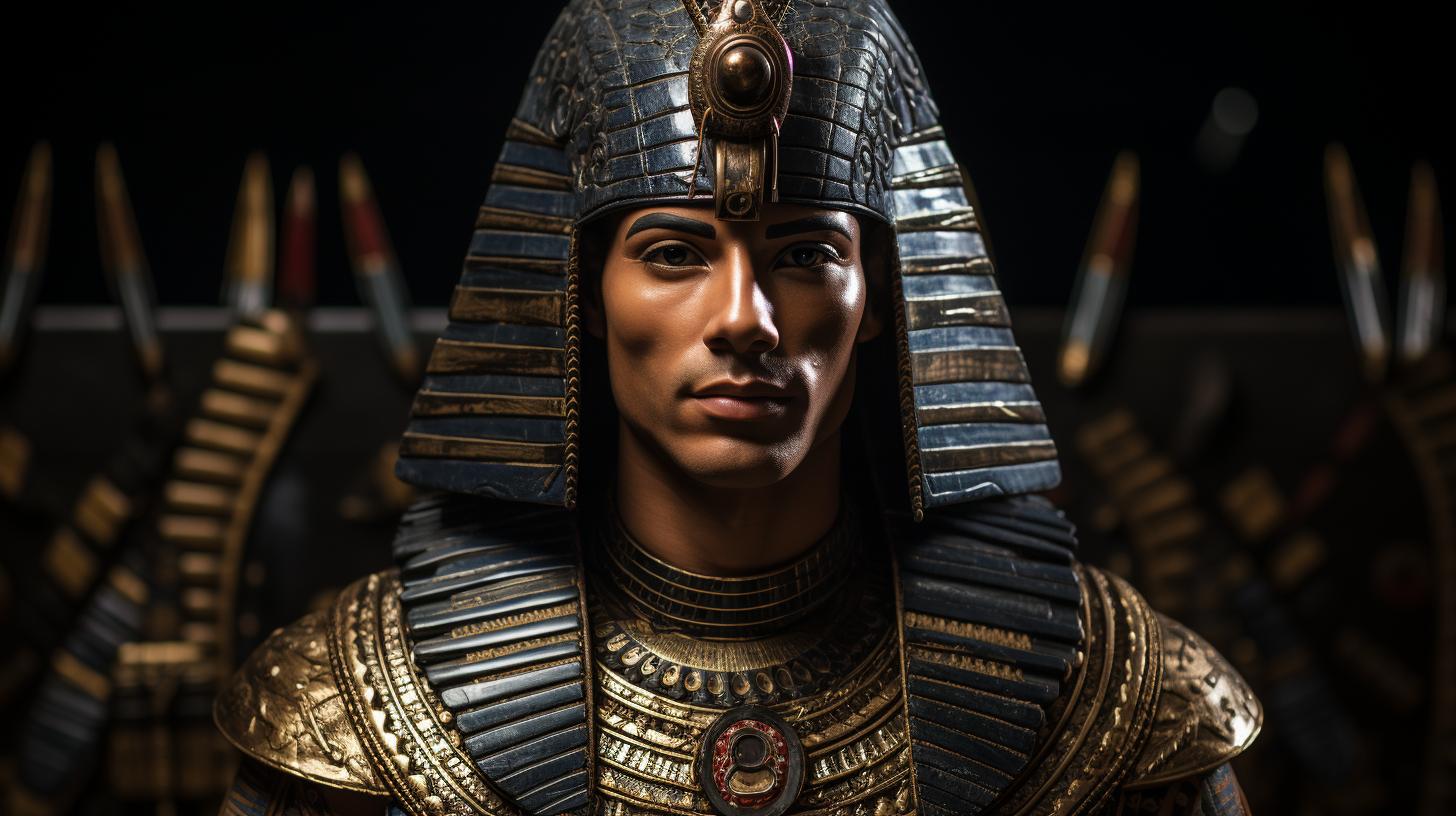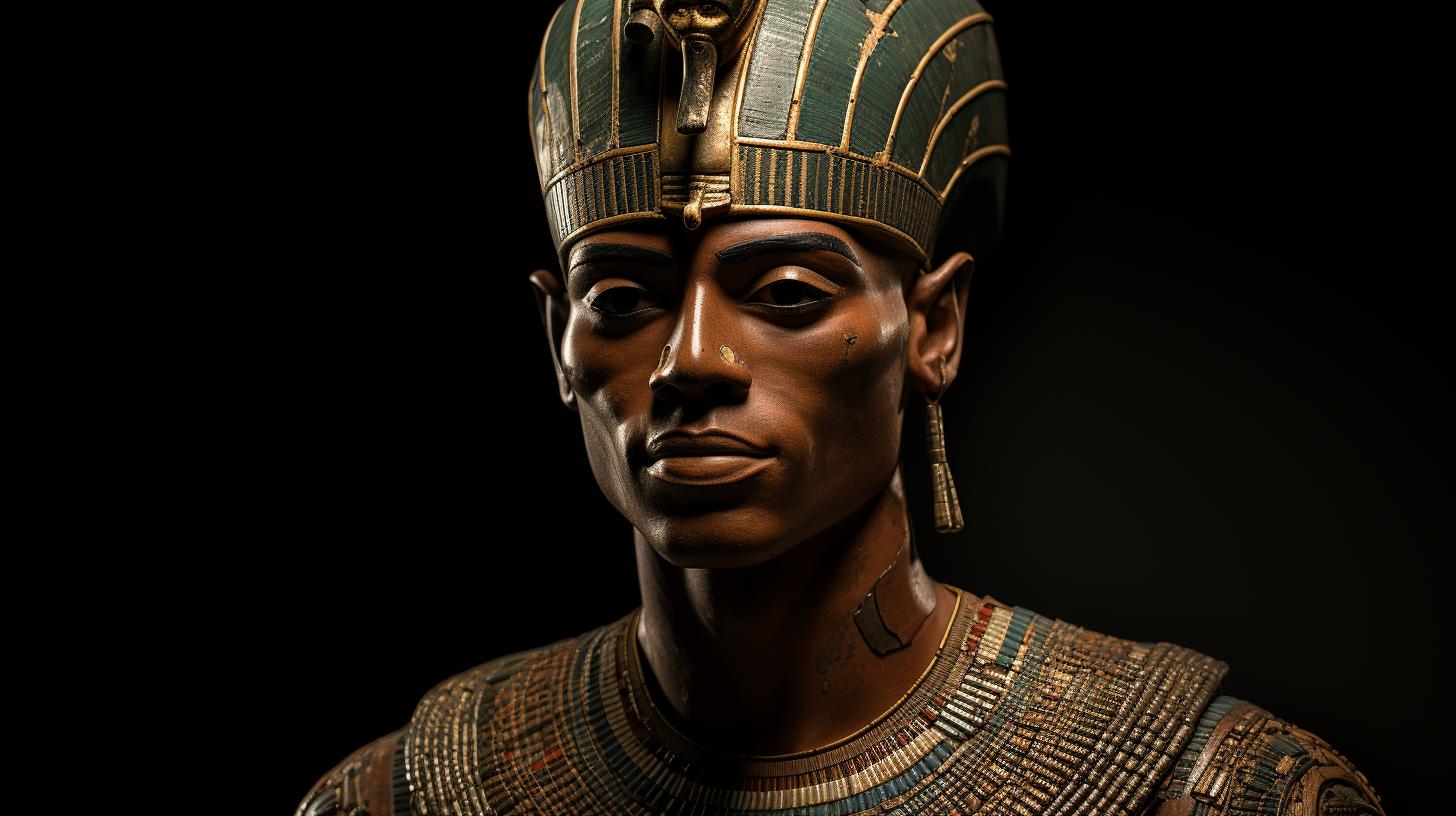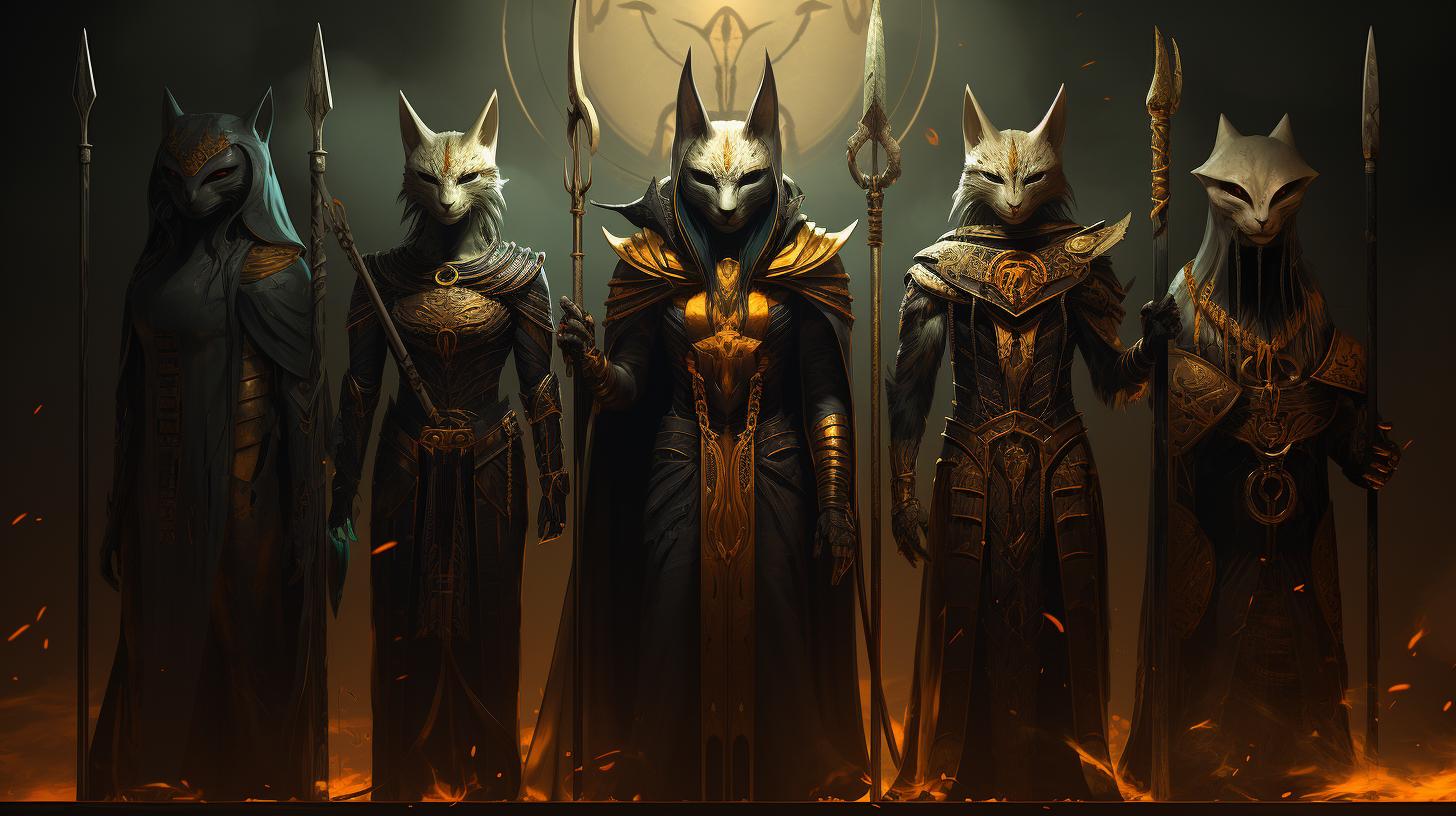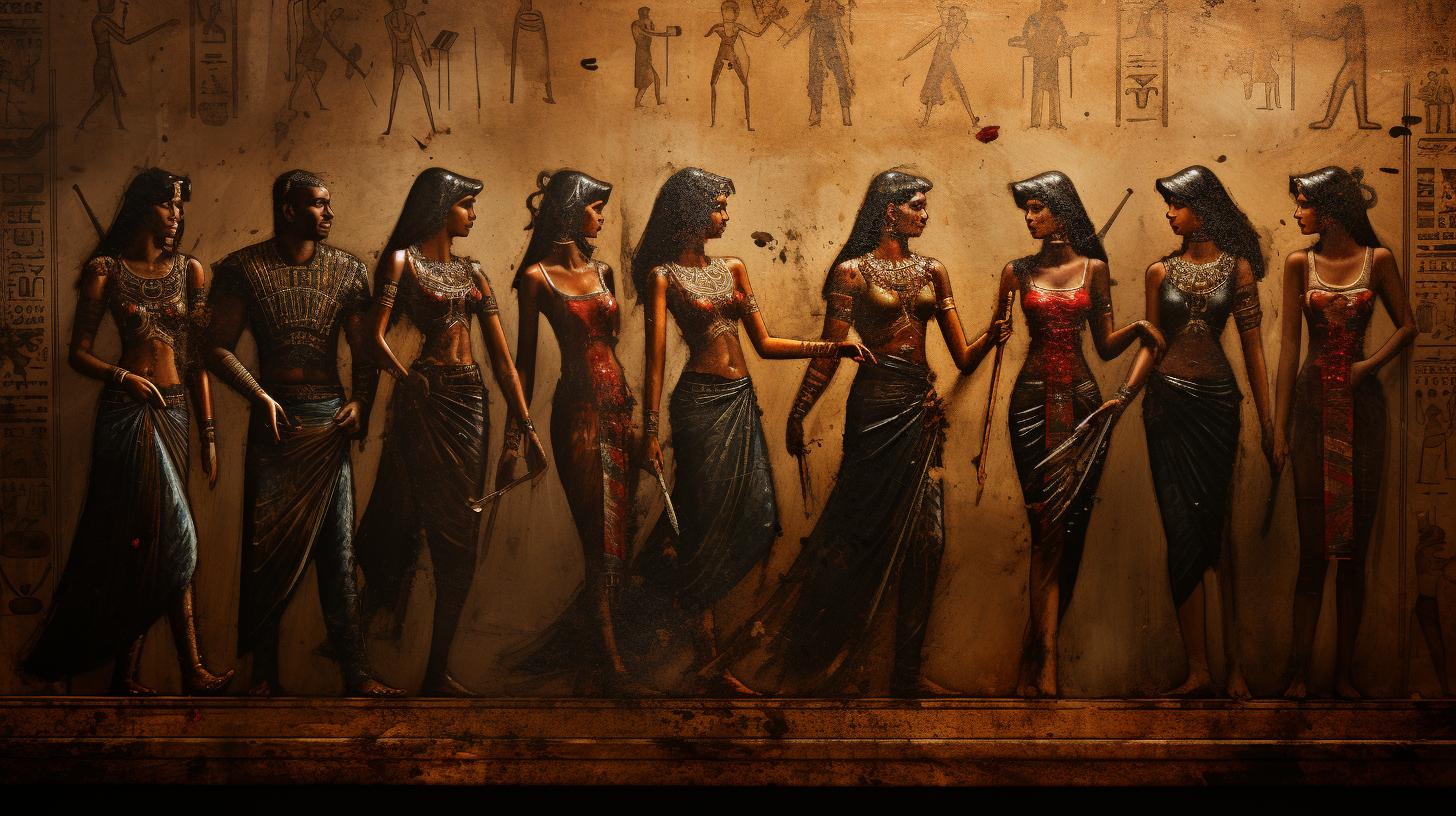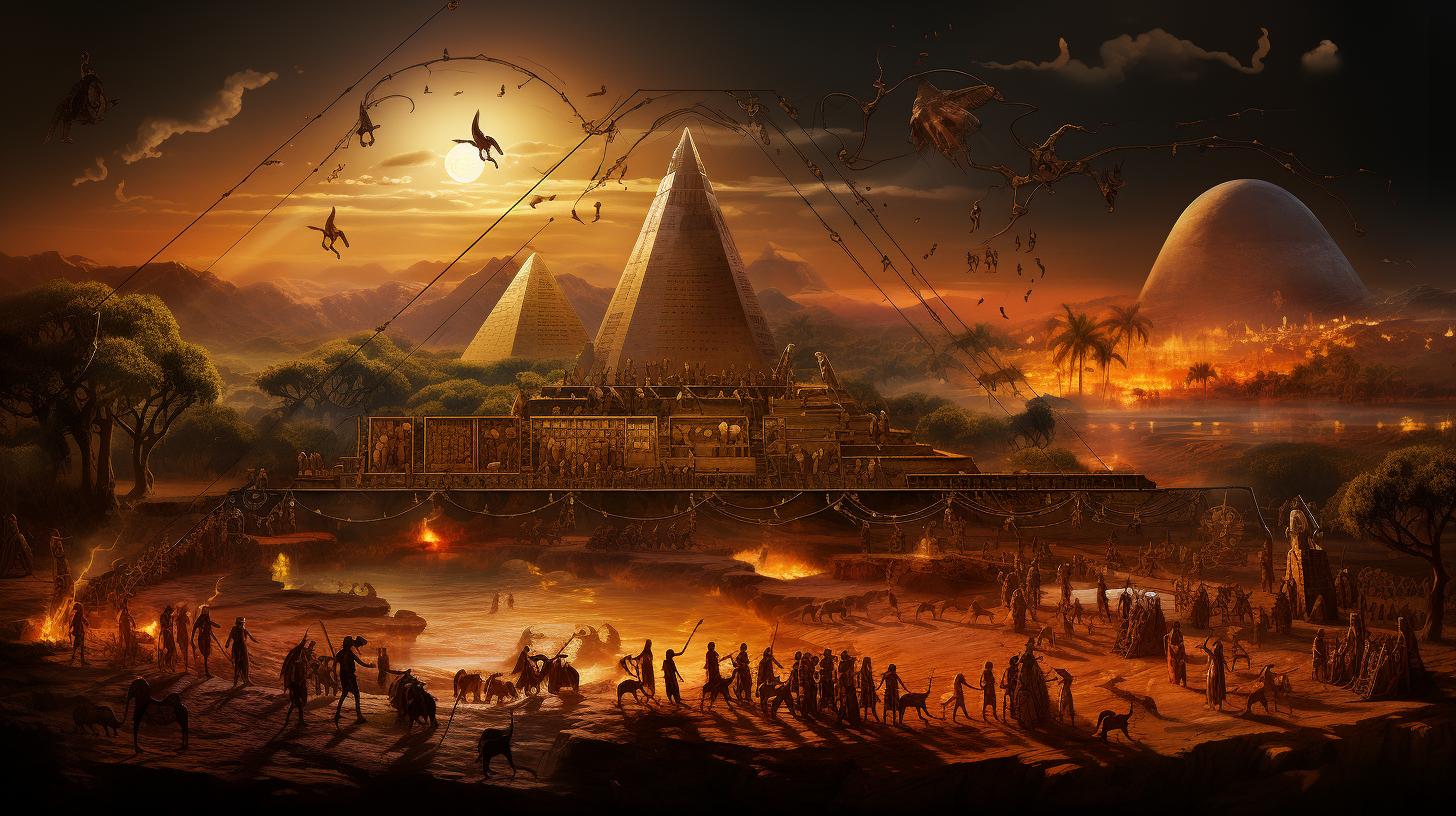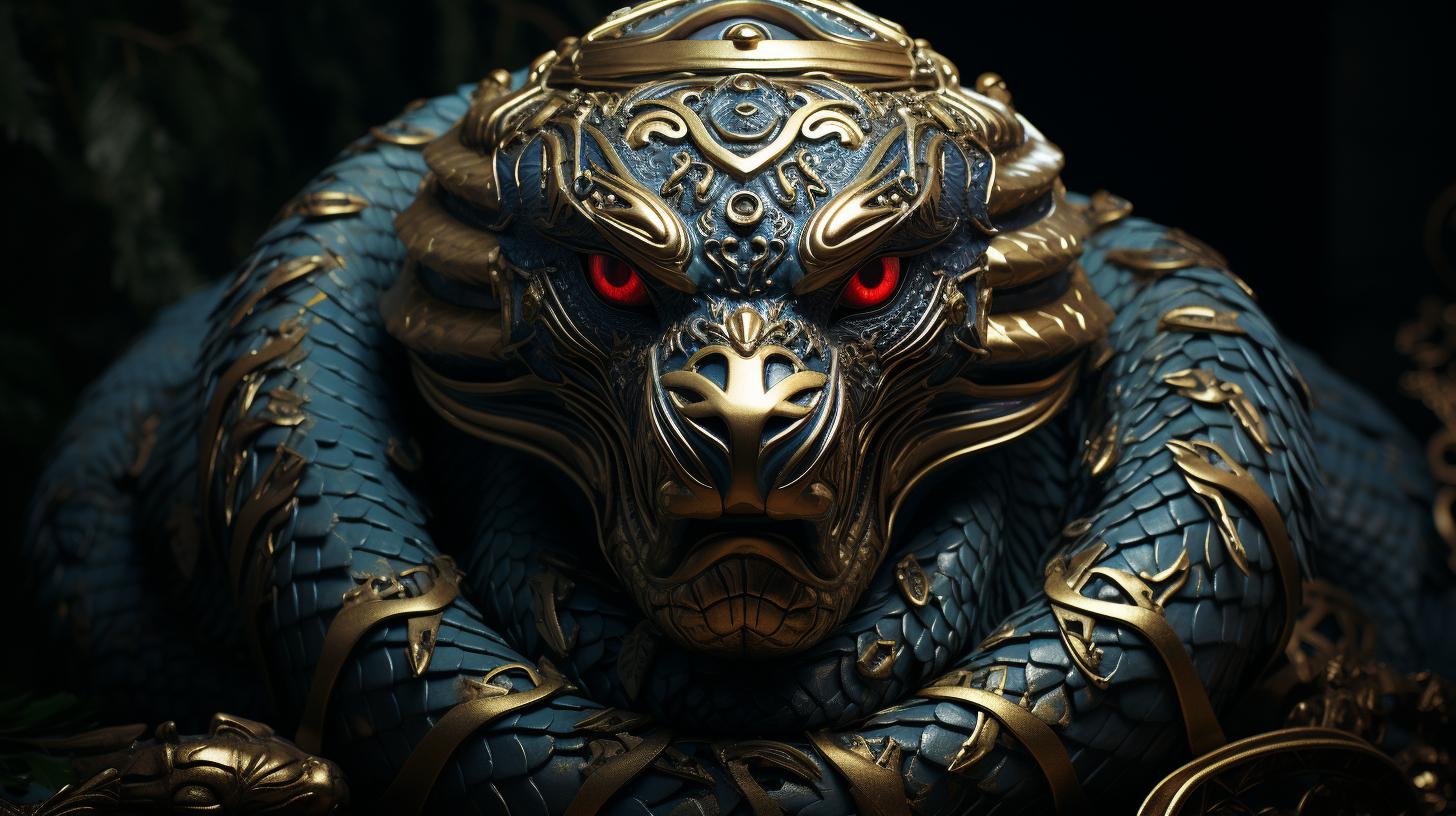Egyptian Pharaoh Thutmose III: The Mighty Warrior King Who Shaped Ancient Egypt
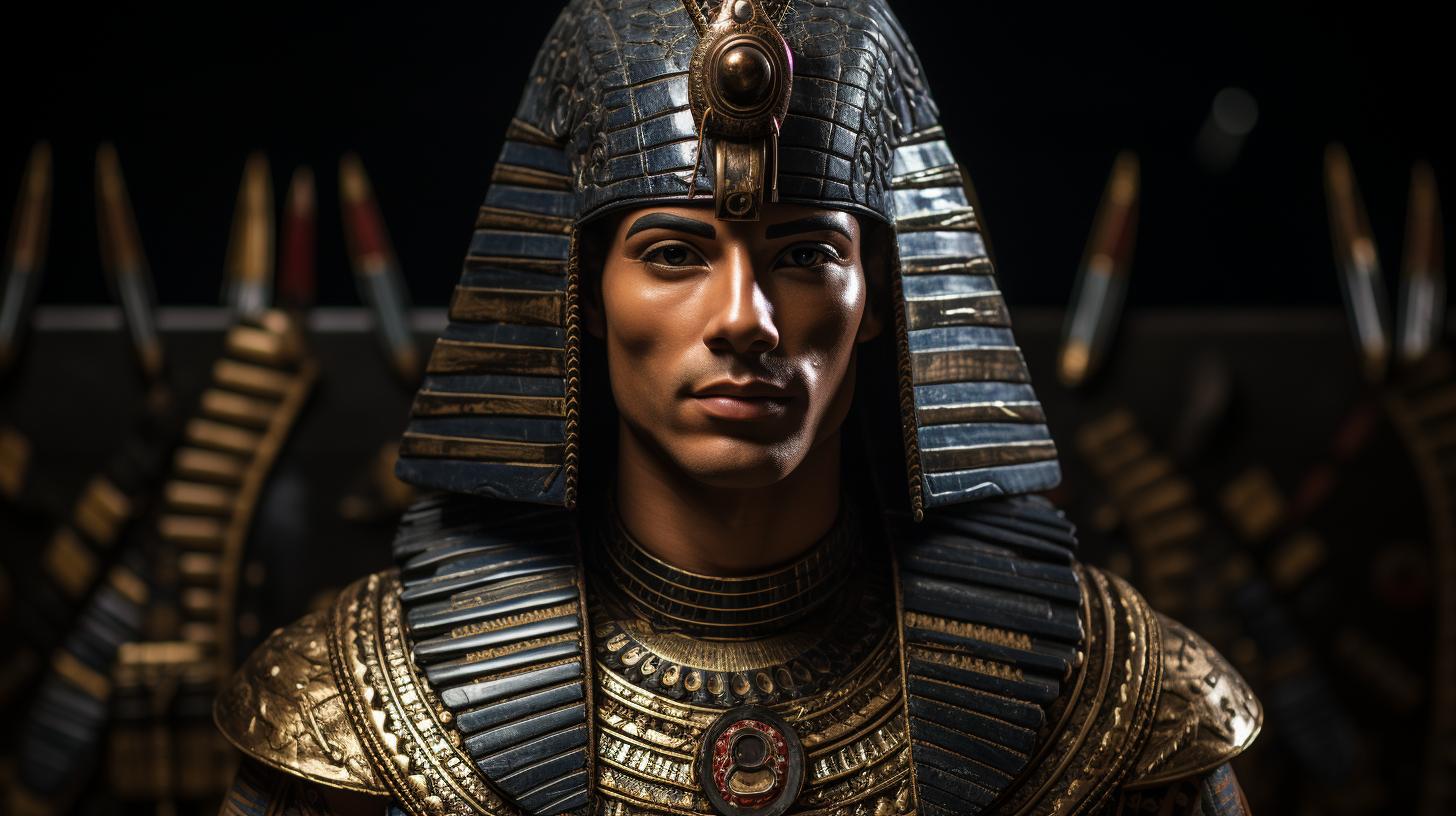
Thutmose III, the mighty warrior pharaoh of ancient Egypt, was known for his unparalleled military prowess and expansion of the Egyptian empire. Serving as co-regent with Hatshepsut before assuming sole rule, Thutmose III led victorious military campaigns that conquered Syria and crossed the Euphrates River to defeat the Mitannians.
His reign saw the construction of impressive monuments like the Temple of Karnak and the defacing of Hatshepsut’s monuments to solidify his power. Thutmose III’s enduring legacy includes his profound influence on Egyptian culture and the consolidation of Egypt’s wealth and dominance in the ancient world.
Thutmose III: The Warrior Pharaoh of Ancient Egypt
Thutmose III, often referred to as the Warrior Pharaoh, was a prominent ruler in ancient Egypt. His reign marked a significant era of military conquests and the expansion of the Egyptian empire.
Let’s dive into the key aspects of Thutmose III’s reign and the legacy he left behind.
The Rise to Power – Co-Regency with Hatshepsut
Thutmose III’s rise to power began with a unique co-regency alongside his stepmother and aunt, Hatshepsut, who assumed the title of pharaoh. As the head of Hatshepsut’s army, Thutmose III showcased his military prowess and leadership skills.
Assumption of Sole Rule – Thutmose III as the Pharaoh
Following Hatshepsut’s death, Thutmose III became the sole ruler of Egypt. His rule marked a turning point in the history of the empire, as he embarked on a series of ambitious military campaigns and expeditions that shaped Egypt’s destiny.
Military Prowess and Expansion of the Egyptian Empire
Victorious Military Campaigns and Conquests
- Thutmose III’s reign was marked by a string of successful military campaigns, totaling at least 17 victorious expeditions. Through his strategic brilliance and leadership, he expanded the Egyptian empire to its maximum extent.
- He conquered regions such as Syria, crossing the Euphrates River and defeating the Mitannians, and extended Egypt’s influence along the Nile River to Napata in Sudan.
Influence on Egypt’s Dominance in the Ancient Near East
Thutmose III’s military conquests solidified Egypt’s dominance in the ancient Near East.
The conquered lands brought immense wealth to the empire, establishing it as a powerful force in the region.
Monuments and Temples: Commemorating Thutmose III’s Legacy
The Temple of Karnak: Showcasing Thutmose III’s Artistic Contributions
One of the most remarkable monuments attributed to Thutmose III is the awe-inspiring Temple of Karnak. This magnificent structure not only served as a symbol of his power but also showcased his artistic contributions through intricate carvings and depictions.
Defacing Monuments of Hatshepsut – Securing Thutmose III’s Position
After Hatshepsut’s death, Thutmose III defaced her monuments to solidify his position as the rightful and most powerful ruler of Egypt. This act further emphasized his authority and secured his legacy for future generations.
Personal Life and Family of Thutmose III
Wives and Children: Neferure and Merytre-Hatshepsut
Thutmose III had several wives, including his half-sister Neferure and his Great Royal Wife Merytre-Hatshepsut. Together, they bore him numerous children, ensuring the continuation of the royal lineage.
Wealth and Power: Spoils from Military Campaigns
Enriching the Egyptian Treasury
Thutmose III’s successful military campaigns brought substantial wealth to the Egyptian treasury.
The spoils from conquered regions, comprising booty, taxes, and tribute, made him the richest man of his time.
Human Capital from Conquered Lands: Education at Court
One notable aspect of Thutmose III’s rule was his assimilation of human capital from the conquered lands. He brought the children of conquered rulers to Egypt, providing them with an education at the royal court.
This fostered loyalty and ensured a deeper understanding of Egyptian rule.
Patron of the Arts and Monumental Structures
Influence on Egyptian Culture
Besides his military achievements, Thutmose III was a patron of the arts and played a significant role in shaping Egyptian culture. His reign witnessed the flourishing of artistic expression, particularly in the architectural wonders and intricate carvings of the time.
Carvings and Obelisks: Depicting Flora and Erected Structures
A remarkable feat of Thutmose III’s era was the depiction of the plants and flowers he encountered during his military campaigns in the carvings and artwork of temples. Additionally, he erected numerous obelisks throughout Egypt, some of which can still be seen today in different parts of the world, symbolizing his great achievements.
Thutmose III’s Enduring Legacy
Thutmose III left a profound influence on Egyptian culture that endured long after his reign. His military triumphs and expansion of the empire brought a new level of wealth and power to Egypt, solidifying its dominance in the ancient world.
Profound Influence on Egyptian Culture
Thutmose III’s reign witnessed a flourishing of the arts and monumental structures. He was a patron of the arts, and many of the works in Karnak showcased his artistic contributions. The carvings on these structures depicted not only military scenes but also the plants and flowers he encountered during his campaigns.
These artistic depictions added a unique touch to Egyptian culture and left a lasting impact.
Consolidating Egypt’s Wealth and Power
Thutmose III’s military victories brought immense wealth to Egypt. The spoils from his campaigns, including conquered lands, booty, taxes, and tribute, greatly enriched the Egyptian treasury. This vast wealth made Thutmose III the richest man in the world at that time.
Furthermore, his conquests secured human capital from the lands he conquered, as the children of conquered rulers were brought to Egypt for education at court. This not only fostered loyalty but also contributed to the consolidation of Egypt’s power.
Continued Reverence for Thutmose III in Ancient Egyptian History
Even in later eras of ancient Egyptian history, Thutmose III’s name continued to be revered. His military successes and contributions as a ruler left an enduring legacy. His reign marked a pivotal period of unprecedented wealth and power for Egypt, solidifying its position as a dominant force in the ancient world.
The influence of Thutmose III’s rule can still be seen in the grand temples and monuments he built, as well as in the continued exaltation of his name in ancient Egyptian history.
.











